People use the term “Minnow” when they refer to a number of different species of small fish. Researchers generally place these fish in the Cyprinidae family, alongside the carp. However, because people refer to many different species within many different taxonomic genuses as “Minnows,” we will focus on a single popular species, the Fathead. Read on to learn about the Minnow.
Description of the Minnow
This popular species looks like a tiny version of your typical “fish.” It has silvery colored scales and a torpedo-shaped body. Their upper, or dorsal, side has darker coloration than their under, or ventral, side. Most individuals measure about three or four inches long.
Interesting Facts About the Minnow
What could be more innocuous than a Minnow? It’s a itty bitty fish that virtually everything eats for dinner. Learn more about what makes these little fish interesting, below.
- Food for Thought – By its small size, you might guess that just about everything eats this fish, and you’d be right! However, did you know that this fish is also a common feeder fish in home aquariums?
- Petite Pets – Outside of the feeder fish market, people also keep these little fish as pets. The rosy-red colored strain of this fish is a common choice for small fish tanks. People keep them in small schools.
- Parental Investment – Scientists recognize hundreds of different species in the Cyprinidae family. However, this species is one of the very few that protects their eggs instead of abandoning them. The male carefully guards his nest of eggs.
- Tough Cookie – You might be surprised that this little fish is actually incredibly hardy. Long after other species have perished from lack of oxygen, pollution, or poor pH, this fish persists. Because of this, researchers can study the biological impacts of pollution and waste disposal to better understand how it impacts the ecosystem.
Habitat of the Minnow
These little fish can survive in a number of different habitat types. You can find them in lakes, ponds, streams, rivers, creeks, marshes, and other freshwater habitats.
Frequently, they range into habitats that are less hospitable to other fish, including predators. They can survive in areas with low oxygen and variable temperature, pH, and salinity.
Distribution of the Minnow
This species is widespread throughout freshwater habitats in North America. Their range extends from the frigid habitats in northern Canada all the way to northern Mexico. You can find them throughout Canada on the eastern side of the Rocky Mountains, and through the Central and Eastern United States.
Diet of the Minnow
If it’s edible, this little fish will eat it. They are omnivores, and feed on both plant and animal matter. Their diet varies based on where they live, but they eat just about anything they can catch.
Considering their size, they are typically restricted to algae, zooplankton, insect larvae, and small crustaceans. They also feed on detritus, or small pieces of decaying matter drifting in the water.
Minnow and Human Interaction
People use this species to study pollution and toxicology in water bodies. Additionally, people use them as feeder fish for home aquariums and ponds stocked with fish.
Indirectly, this species has a positive impact on people because it supports important sport and recreational fisheries. The IUCN lists this species as Least Concern.
Domestication
Humans have not fully domesticated this species. However, people have bred this fish in human care for some time and created different color morphs.
Does the Minnow Make a Good Pet
Yes, these little fish make good pets in starter aquariums. However, you should not keep wild Minnows as pets. Wild individuals could potentially spread disease to other aquarium fish. Conversely, you should not release captive-bred individuals into the wild for the same reason.
Minnow Care
You can care for these little fish quite easily in a small aquarium. They are tolerant of different temperatures, pH levels, and water quality. You should keep these little fish in schools, as they are naturally social animals. They readily eat commercially produced fish foods.
Behavior of the Minnow
This social little fish lives in schools. Surprisingly, individuals within a school recognize one another using chemical cues. Using these chemical cues, they can tell the difference between a member of their school and a stranger. They also use chemicals known as pheromones, while breeding.
Reproduction of the Minnow
When breeding season arrives, the males select the best nest sites and attempt to attract a female. A female lays her eggs in the nest site, and the male fertilizes the eggs. Once she lays the eggs, the male drives the female away from the nest, and guards them aggressively from any intruders.
On average, females lay about 400 eggs in each nest, but will lay eggs in multiple nests. It takes between 4 and 13 days for the eggs to hatch. Once the eggs hatch, the male does not guard the young. The young fish grow quickly, and reach sexual maturity at about 4 or 5 months of age.

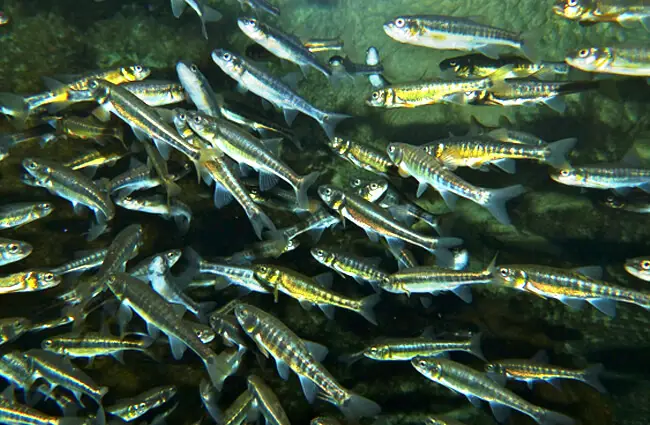


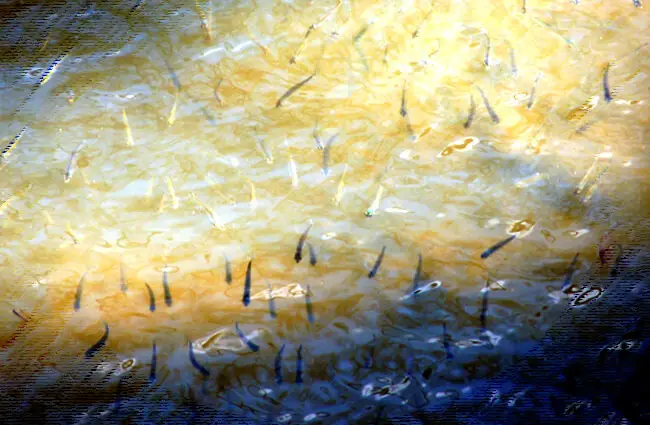

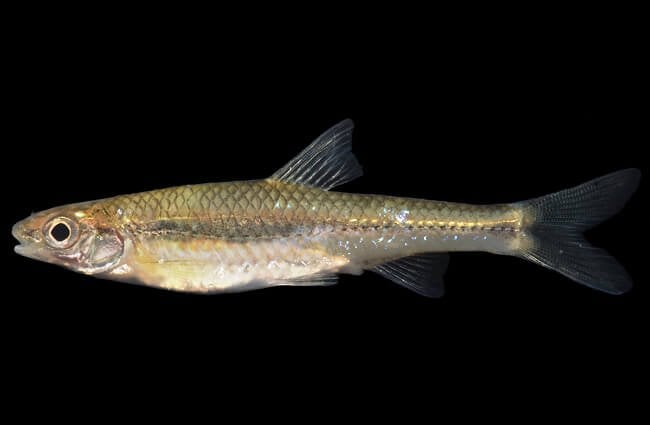
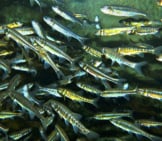
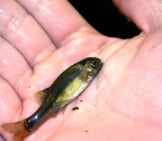

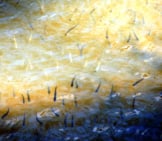

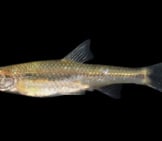
![Red Angus Closeup of a beautiful Red Angus cowPhoto by: U.S. Department of Agriculture [pubic domain]https://creativecommons.org/licenses/by/2.0/](https://animals.net/wp-content/uploads/2020/03/Red-Angus-4-238x178.jpg)












![Red Angus Closeup of a beautiful Red Angus cowPhoto by: U.S. Department of Agriculture [pubic domain]https://creativecommons.org/licenses/by/2.0/](https://animals.net/wp-content/uploads/2020/03/Red-Angus-4-100x75.jpg)

